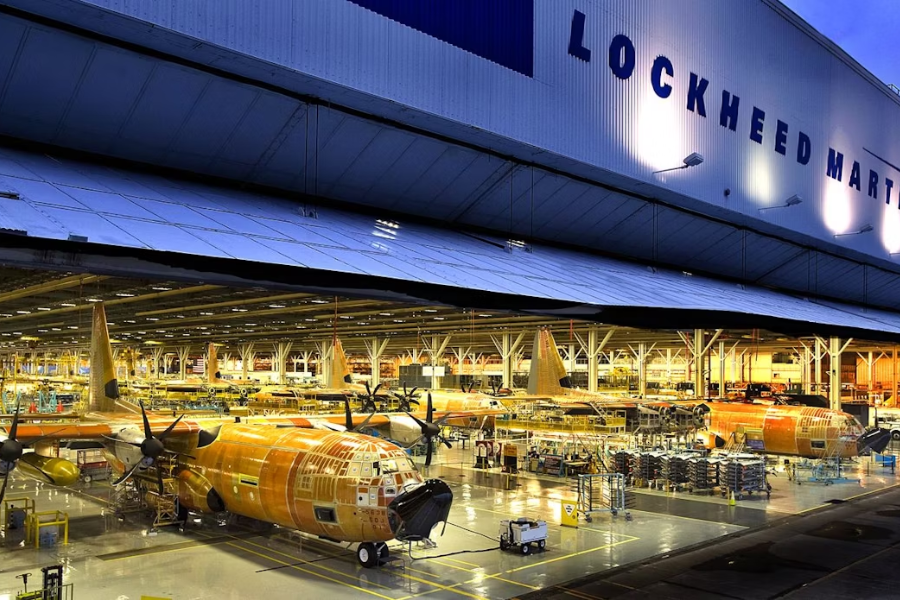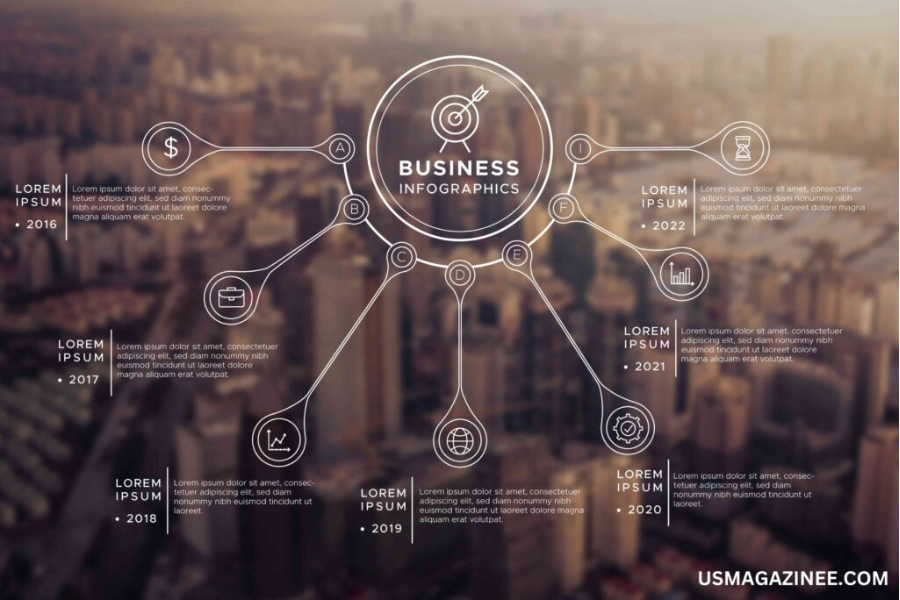Introduction
Major corporations have streamlined their operations in order to adapt to changing market conditions, resulting in significant workforce reductions across the tech and aerospace sectors in 2024. As part of its strategic realignment, Lockheed Martin, a global aerospace and defense powerhouse, announced layoffs. The reasons for the workforce reductions at Lockheed Martin in 2024, their impact on employees and the industry, and the broader implications for innovation and workforce dynamics in the aerospace sector are all examined in depth in this article.
The Context of Layoffs in 2024
The tech and aerospace industries have faced a challenging landscape in 2024, characterized by economic uncertainty, shifting priorities, and the increasing adoption of automation and artificial intelligence (AI). According to Layoffs.fyi, an independent layoffs tracker, more than 150,000 job cuts occurred across 542 companies in 2024. Major players like Tesla, Amazon, Google, and Microsoft conducted sizable layoffs, while smaller startups also faced workforce reductions or shut down entirely.
Lockheed Martin, a leader in aerospace, defense, and advanced technologies, was not immune to these trends. The company’s layoffs in 2024 reflect broader industry challenges, including budget constraints, changing defense priorities, and the need to invest in emerging technologies such as AI and autonomous systems.
Lockheed Martin Layoffs 2024: Key Details
Lockheed Martin’s workforce reductions in 2024 were part of a broader effort to optimize operations, reduce costs, and align with evolving market demands. Below are the key details of the layoffs:
- Scale of Layoffs:
Lockheed Martin announced layoffs affecting approximately 1,200 employees, representing around 1% of its global workforce. The cuts were spread across various divisions, including aeronautics, space systems, and missile defense. - Reasons for Layoffs:
The company cited several factors driving the decision, including:- Budget Constraints: Reduced defense spending and delays in government contracts impacted revenue streams.
- Operational Efficiency: A focus on streamlining operations and reducing redundancies to maintain competitiveness.
- Technological Shifts: Increased investment in AI, automation, and next-generation technologies necessitated a realignment of the workforce.
- Impacted Locations:
The layoffs affected employees across multiple locations, including major facilities in Texas, California, Florida, and Colorado. Lockheed Martin emphasized its commitment to supporting affected employees through severance packages, career transition services, and retraining programs.
The Human Impact of Lockheed Martin Layoffs
While layoffs are often framed in terms of financial and operational metrics, their human impact cannot be overlooked. The Lockheed Martin layoffs in 2024 affected thousands of employees and their families, creating uncertainty and disruption.
- Employee Morale:
Workforce reductions can lead to decreased morale among remaining employees, who may feel overburdened or uncertain about their own job security. Lockheed Martin has sought to address these concerns through transparent communication and support programs. - Economic Ripple Effects:
Layoffs at a company of Lockheed Martin’s scale have broader economic implications, particularly in regions where the company is a major employer. Local economies may experience reduced consumer spending and increased demand for social services. - Career Transitions:
For affected employees, the layoffs represent a significant career disruption. Many have spent years or even decades building expertise in specialized fields, making it challenging to find comparable opportunities. Lockheed Martin’s retraining programs aim to help employees transition to new roles within or outside the company.
Broader Implications for the Aerospace Industry
The Lockheed Martin layoffs in 2024 are indicative of broader trends in the aerospace and defense sector. As companies navigate a rapidly changing landscape, workforce reductions are often seen as a necessary step to remain competitive and innovative.
- Shift Toward Automation and AI:
The aerospace industry is increasingly embracing automation and AI to enhance efficiency and reduce costs. While these technologies offer significant benefits, they also reduce the need for certain types of jobs, particularly in manufacturing and administrative roles. - Changing Defense Priorities:
Geopolitical shifts and evolving defense priorities are reshaping the aerospace industry. Companies like Lockheed Martin must adapt to new demands, such as the development of hypersonic weapons, space exploration technologies, and cybersecurity solutions. - Focus on Sustainability:
The aerospace industry is under pressure to reduce its environmental impact, driving investment in sustainable technologies such as electric aircraft and alternative fuels. This shift may require a reallocation of resources and workforce skills.
Lockheed Martin’s Strategic Response
In response to the challenges of 2024, Lockheed Martin has implemented a series of strategic initiatives aimed at ensuring long-term growth and competitiveness. These include:
- Investment in Emerging Technologies:
The company is prioritizing investment in AI, autonomous systems, and advanced manufacturing technologies. These innovations are expected to drive efficiency and open new revenue streams. - Workforce Reskilling:
Recognizing the importance of a skilled workforce, Lockheed Martin has launched reskilling programs to help employees transition to roles in high-demand areas such as cybersecurity, data analytics, and software development. - Partnerships and Collaborations:
Lockheed Martin is strengthening its partnerships with government agencies, research institutions, and private companies to accelerate innovation and address complex challenges.
The Future of Workforce Dynamics in Aerospace
The Lockheed Martin layoffs in 2024 highlight the evolving nature of workforce dynamics in the aerospace industry. As companies adapt to technological advancements and changing market conditions, they must balance the need for operational efficiency with the responsibility to support their employees.
- Emphasis on Lifelong Learning:
The rapid pace of technological change underscores the importance of lifelong learning and continuous skill development. Companies and employees alike must embrace a culture of adaptability and growth. - Diversity and Inclusion:
A diverse and inclusive workforce is critical for driving innovation and addressing complex challenges. Companies like Lockheed Martin are increasingly prioritizing diversity and inclusion initiatives to attract and retain top talent. - Ethical Considerations:
As automation and AI reshape the workforce, ethical considerations must be at the forefront of decision-making. Companies must ensure that technological advancements are implemented in a way that benefits society as a whole.
Conclusion: Navigating Change in the Aerospace Industry
The Lockheed Martin layoffs in 2024 are a reflection of the broader challenges and opportunities facing the aerospace and defense industry. As companies navigate economic uncertainty, technological shifts, and changing market demands, workforce reductions are often a necessary but difficult step in the pursuit of long-term growth and innovation.
While the layoffs have undoubtedly had a significant impact on employees and local communities, they also underscore the importance of adaptability and resilience in an ever-changing world. By investing in emerging technologies, reskilling their workforce, and fostering a culture of innovation, companies like Lockheed Martin can position themselves for success in the years to come.
As the aerospace industry continues to evolve, it is essential to balance the drive for efficiency with a commitment to supporting employees and addressing the ethical implications of technological advancements. The lessons learned from the Lockheed Martin layoffs in 2024 will serve as a valuable guide for navigating the challenges and opportunities of the future.












Leave a Reply